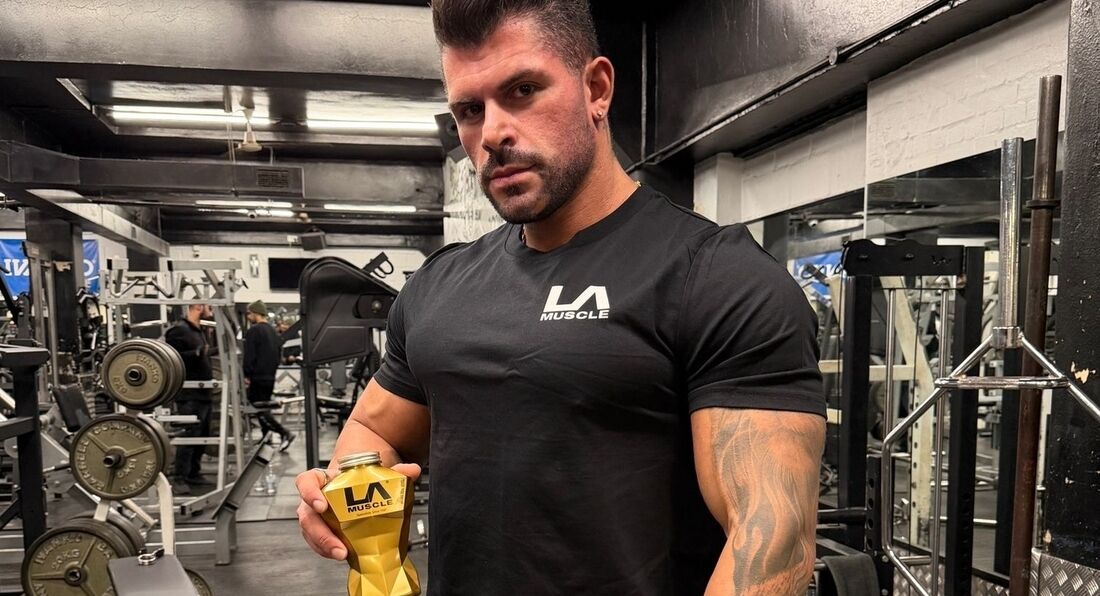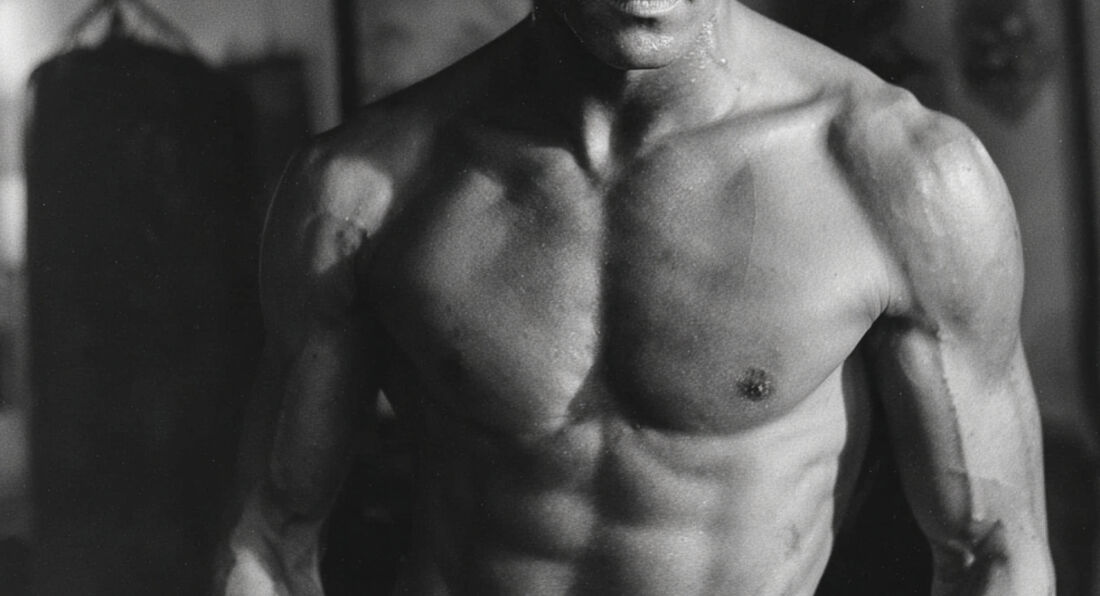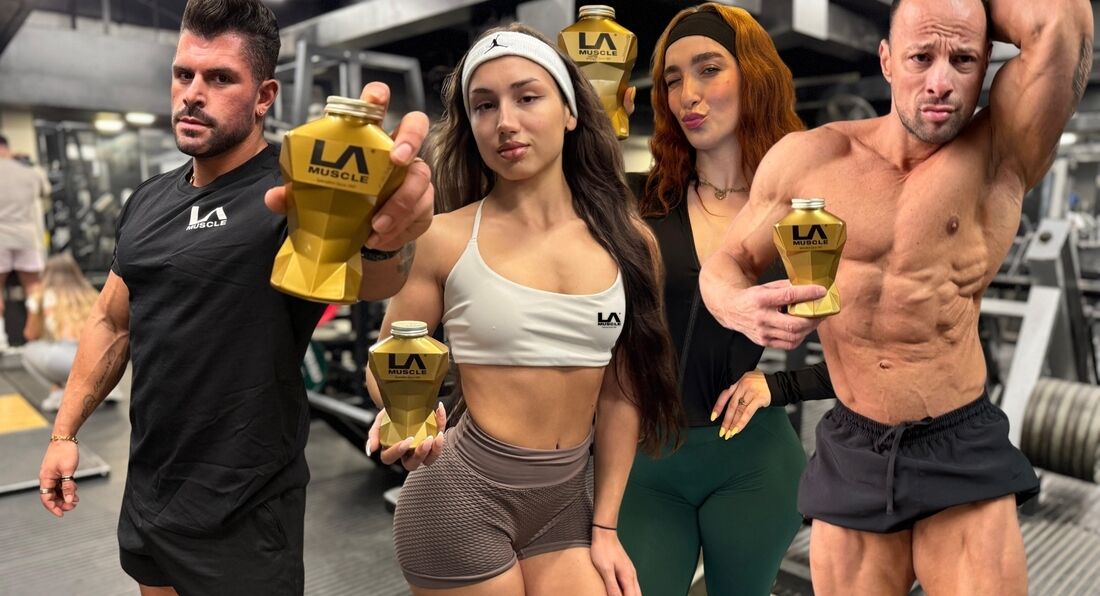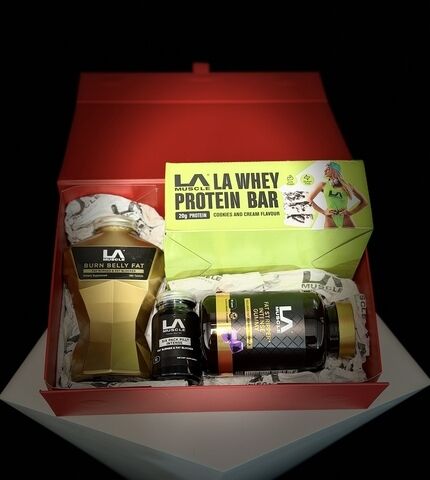The Knowledge > Exclusive Articles >
Wednesday, 16th July 2025
How to Build Up in the Gym to Become a Better Swimmer
By LA Muscle on 16.07.2025 10:27 am

Swimming is one of the most demanding full-body sports, requiring a unique combination of strength, endurance, technique, and recovery. Whether you're aiming to swim longer distances, shave seconds off your times, or simply move more efficiently through water, what you do outside the pool—in the gym—matters just as much as what you do in it.
This guide walks you through a gym routine, diet, rest strategy, and technique enhancements to transform your swimming performance.
1. Gym Training for Swimmers
Swimmers need a mix of explosive power, muscular endurance, mobility, and core stability. Here's how to build those:
A. Strength & Power Training (2–3x/week)
Focus on compound lifts that mirror the swimming movement—especially pulling and pushing patterns.
Key Exercises:-
Pull-ups / Chin-ups – Lats, biceps, core
-
Lat Pulldowns – Strengthens the pull phase
-
Deadlifts – Posterior chain power (glutes, hamstrings, back)
-
Bench Press / Push-Ups – Chest and triceps for strokes
-
Overhead Press – Shoulder stability and strength
-
Barbell Squats / Bulgarian Split Squats – Lower body power
-
Plank Variations – Core endurance
-
Russian Twists / Cable Woodchoppers – Rotational core strength
-
Strength: 3–5 sets of 4–6 reps (heavy weight, long rest: 2–3 mins)
-
Endurance: 3–4 sets of 10–15 reps (moderate weight, short rest: 30–60 secs)
-
Alternate strength and endurance days.
B. Plyometrics & Explosive Work (1–2x/week)
Swimmers benefit from explosive starts and turns.
-
Box Jumps – Lower body power
-
Medicine Ball Slams / Throws – Upper body explosiveness
-
Jump Squats – Fast-twitch fibre development
-
Burpees – Full-body power and cardio
-
3–5 sets of 6–10 reps
-
Rest: 1–2 minutes between sets
C. Mobility & Flexibility (Daily or After Workouts)
Shoulders and hips must be mobile yet stable. Include:
-
Band shoulder dislocations
-
Foam rolling lats, traps, pecs, calves
-
Hip flexor and hamstring stretches
-
Yoga-style flows (sun salutations, downward dog)
2. Technique Work (In or Out of Pool)
Even the fittest swimmer is limited by poor technique. Focus on:
-
Stroke drills (e.g., catch-up, fingertip drag, single-arm freestyle)
-
Kickboard and pull-buoy drills to isolate and refine leg and arm technique
-
Video analysis: Film your stroke and review it with a coach or app
-
Resistance work: Use paddles, parachutes, or drag socks in water to build power
3. Long-Distance Improvement
To swim longer and more efficiently:
Pool Sessions:
-
Aerobic Base: 3–5x/week sessions of 1,500–3,000m
-
Intervals: Try 10x100m with 10–15 secs rest
-
Tempo Sets: Build pacing by swimming 400m-800m sets at steady effort
-
Negative Splits: Swim the second half of each set faster than the first
Dryland Additions:
-
Rowing Machine / Skierg / Assault Bike – Mimics swim movement, builds cardio
-
Circuit Training – Combine strength and cardio:
-
Push-ups, pull-ups, burpees, lunges, planks — in a 20-minute circuit
-
Try EMOM (every minute on the minute) or AMRAP (as many rounds as possible)
-
4. Diet to Fuel Swimmers
Swimming burns tons of calories, especially during long-distance training. Your diet needs to support recovery, lean muscle gain, and energy.
Macronutrient Guidelines:
-
Protein: 1.6–2.2g/kg body weight daily – essential for recovery (e.g., chicken, eggs, Greek yogurt, protein shakes)
-
Carbohydrates: Your main energy source. Focus on oats, rice, fruits, potatoes, whole grains.
-
Fats: Include healthy fats like avocados, nuts, olive oil, oily fish.
-
Hydration: Drink water all day—dehydration crushes performance. Add electrolytes when training hard.
Meal Timing:
-
Pre-workout: Fast-digesting carbs + some protein (e.g., banana + whey shake)
-
Post-workout: 30–60g carbs + 20–30g protein within 1 hour (e.g., chicken wrap, chocolate milk)
-
Supplements: Consider creatine, omega-3, magnesium, and a multivitamin
5. Rest & Recovery
Overtraining can lead to injury, especially in the shoulders and knees.
Recovery Tips:
-
Sleep: Aim for 7–9 hours per night
-
Deload weeks: Every 4–6 weeks, reduce volume/intensity by ~50%
-
Massage / Foam rolling: Helps with soreness and blood flow
-
Cold water therapy / Contrast showers
-
Active recovery days: Light swims, stretching, walking




























